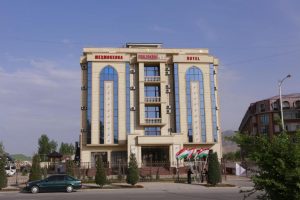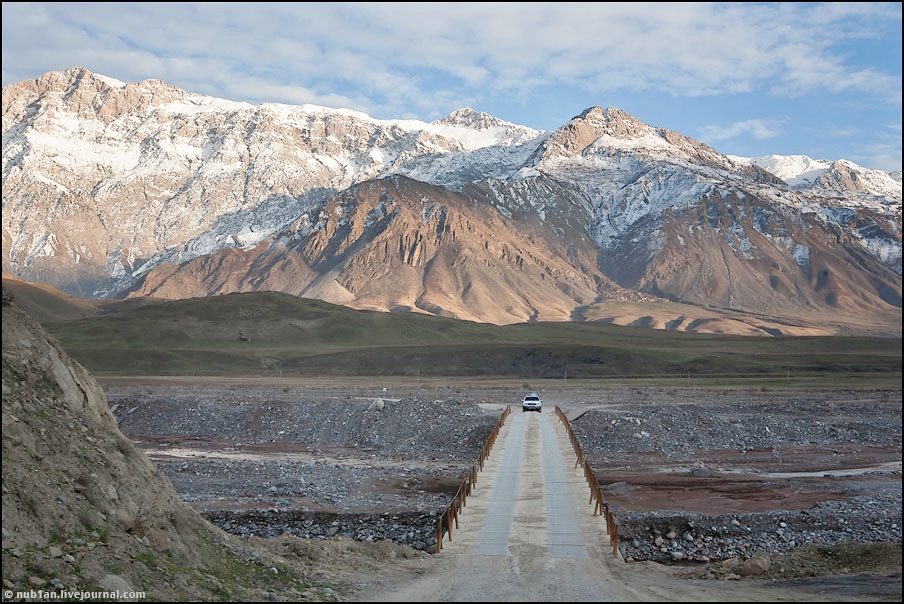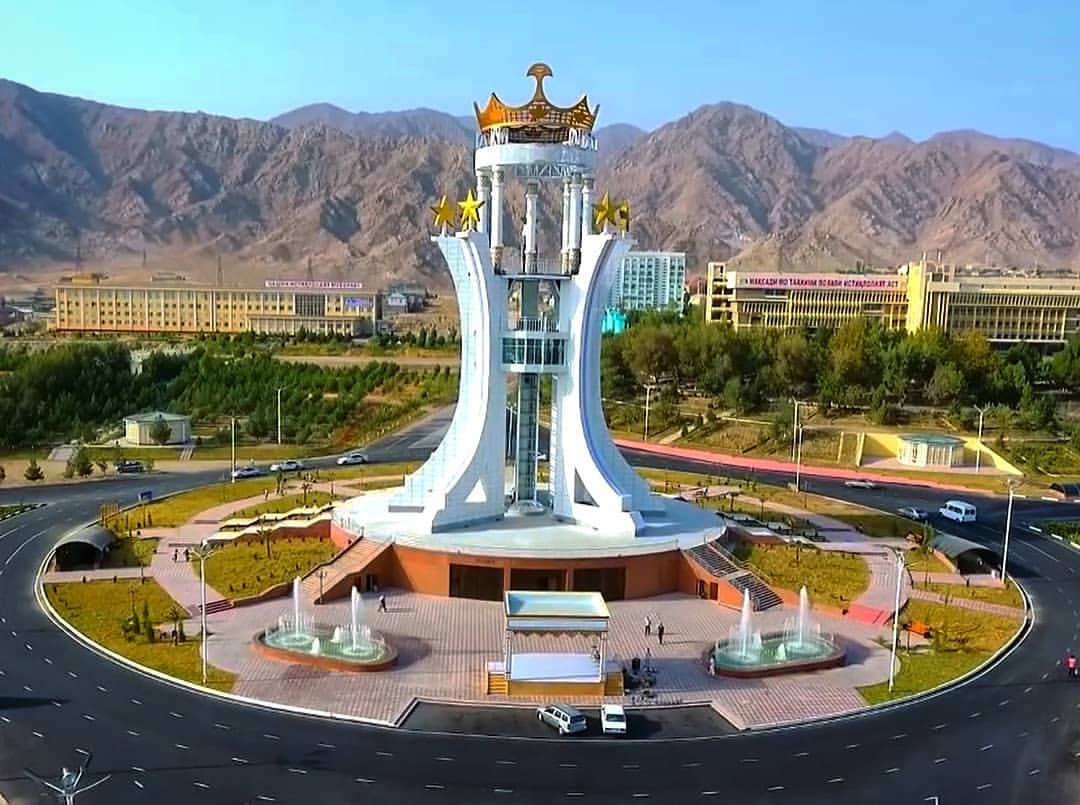The medieval town of Hulbuk is located in southwestern Tajikistan, in the Kulob region. It is situated 7 kilometers southwest of the district of Wose, in the centre of the village of Qurbonshahid. Hulbuk was the main city of the Khutalan (present Khatlon) as was reported by the Arab geographers. It even had a Friday Mosque. Hulbuk flourished as the center of trade and travel in Khutalan under the rule of Bajurids, who were the vassals of Samanids. Trade roads connecting Bukhara to Badakhshan and India passed through this medieval city.

Much of the city was burned during the internal fighting and rebellion. The ceramic materials, and coins that were found in the palace during excavation date back to the end of the ninth and middle of the tenth centuries. Subsequently, Khutalan and Hulbuk were seized by the Turkic rulers of Central Asia after the fall of the Samanids. The destroyed city never recovered, and the nearby Kulob emerged as a centre. Present Hulbuk covers an area of about 70 hectares, most of which is occupied by modern buildings. Only a few fragments of the ancient history of the settlement have survived. After a long reconstruction, this archaeological complex was opened to all visitors in 2006.

Architecture of the Fortress
Hulbuk is the palace which construction dates back to the IX-XI centuries. The contours of the several hills, ruins of other cities can be seen from the top, where the palace was located. It may have been the case that the inhabitants of the Khutallan used various types of visual signaling, warning their neighbors to inform its residents about the danger of enemy invasions. Excavations of Hulbuk revealed that it was designed proportionally. The citadel of ancient Hulbuk has a rectangular shape and was divided into two parts. The southern part had powerful defensive high walls.
The northern part of the citadel occupied a much larger area, but its walls were much lower than the southern ones. The vast courtyard divided the entire complex into two parts. The courtyard was surround by the of columns, behind which there were living and utility rooms. The walls overlooking the courtyard were decorated with painted carved ganch. The monumental facade of the palace (northern part) with a ceremonial, solemn entrance in the form of an arch resting on two powerful pylons opened into the courtyard. This entrance probably existed all along, but the palace itself was overhauled at least twice.
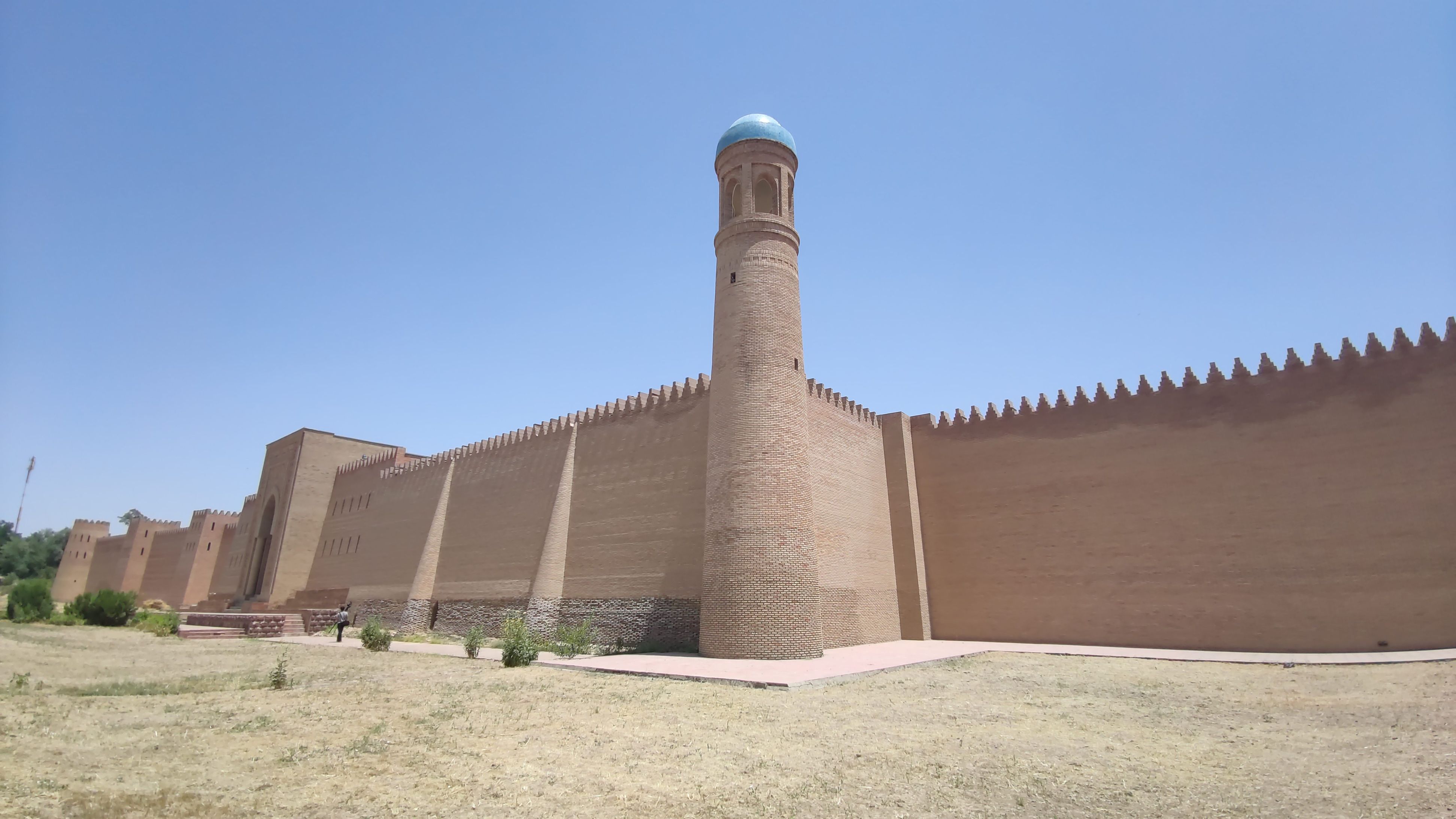
The original layout of the palace was asymmetrical axial composition. There was a corridor behind the entrance leading to a domed vestibule with four niches. Two symmetrical halls were located on either side of it, and the third rear entrance led to a vast courtyard surrounded by a gallery of columns. A slightly raised brick pavement ran along the edge of the walls. The entire courtyard was carefully paved with baked bricks. The layuout of Hulbuk palace resembled to that of Central Asian madrasas. Fragments of a portal made of fired brick with a calligraphic inscription in Arabic were found in Hulbuk.
One of the distinct architectural features of the Hulbuk Palace was it is highly artistic carved decor, which was in no way inferior to the decor of Arab palaces located in the capital cities. Fragments of carved ganch were found in Hulbuk, which attest to originality and beauty of the local art school.
The Hulbuk Museum

A newly built museum was built opposite to the fortress, where artefacts, including household utensils, glass and ceramic dishes, women’s jewellery, ceramic and bronze pots, jewellery, coins, historical books and other stone tools are displayed. The museum provides education tours for students, scholars to the palace.
Gallery








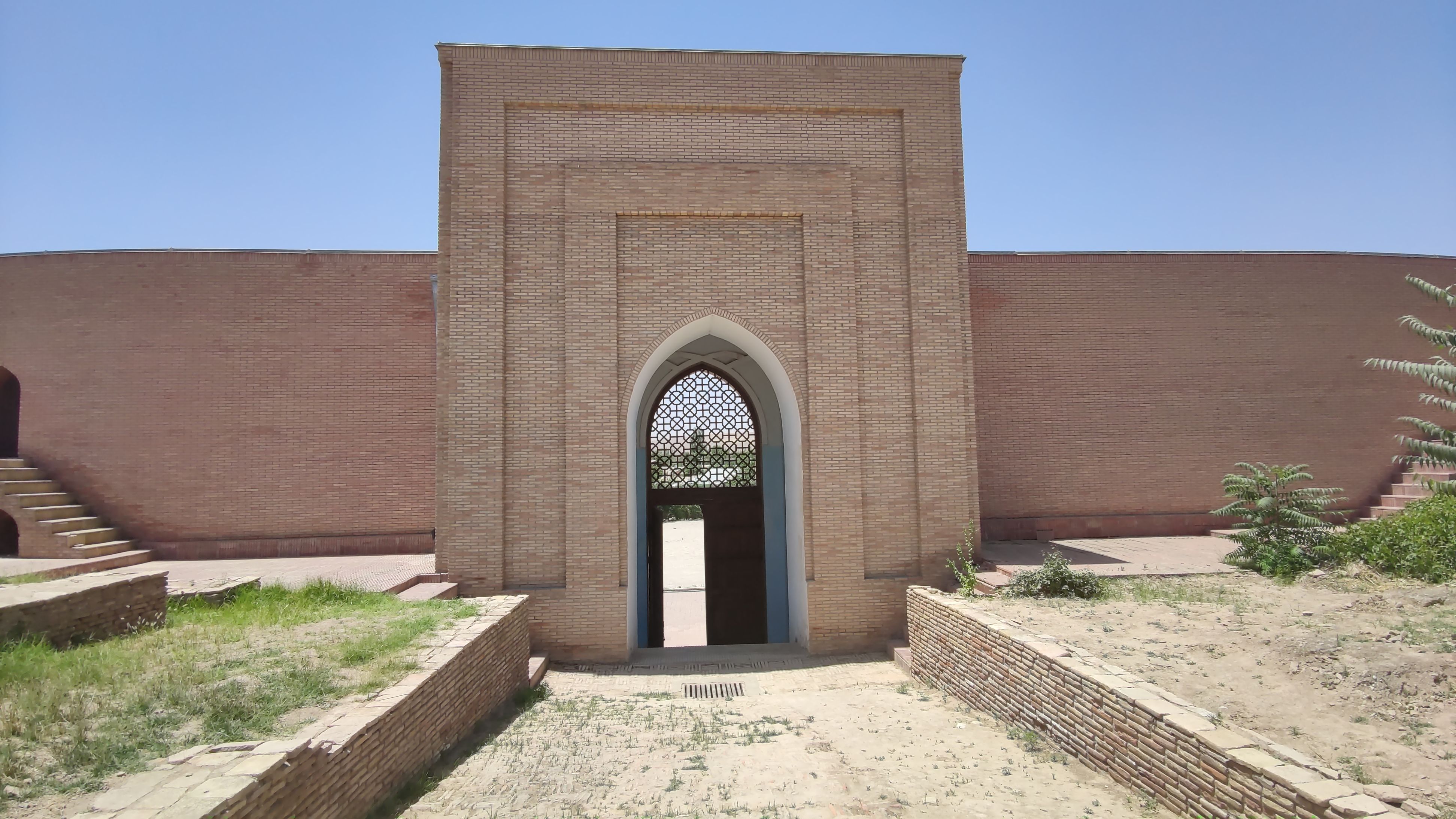

Travelling to the Site
The fortress is located in the village of Kurbon-Shahid, halfway between Dangara and Kulyab, so it is a good stop for a picnic and is of interest to historians. Opposite the castle is the restored Hulbuk Museum, which has information boards. Today the museum has become a tourist center, where all historical and valuable monuments are preserved. The museum houses most of the artefacts, including household utensils, glassware and ceramics, women’s jewelry, ceramics and bronzes, coins, and history books. Guests can also walk around the center of Vose (now the city of Hulbuk).













